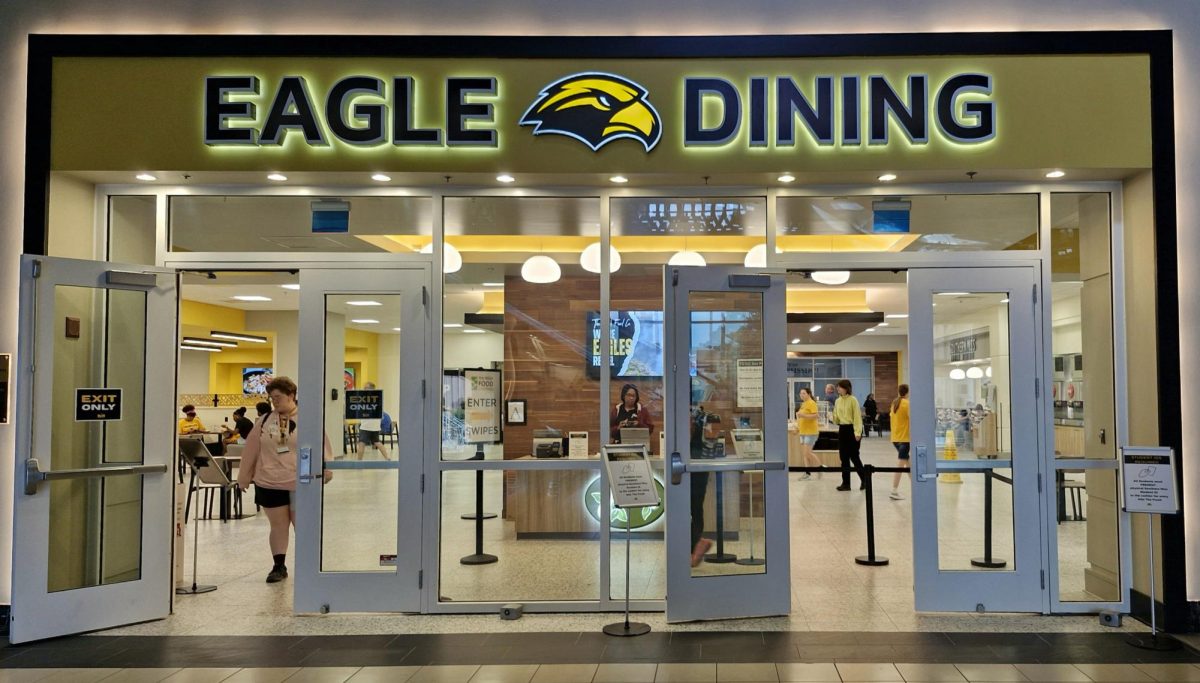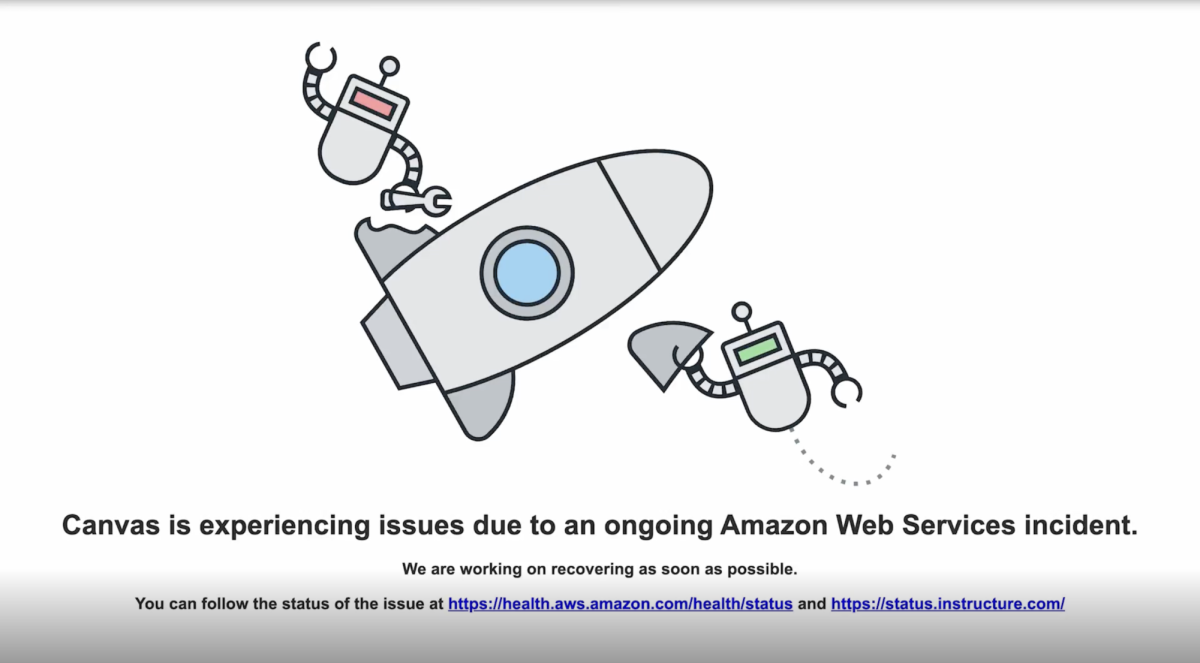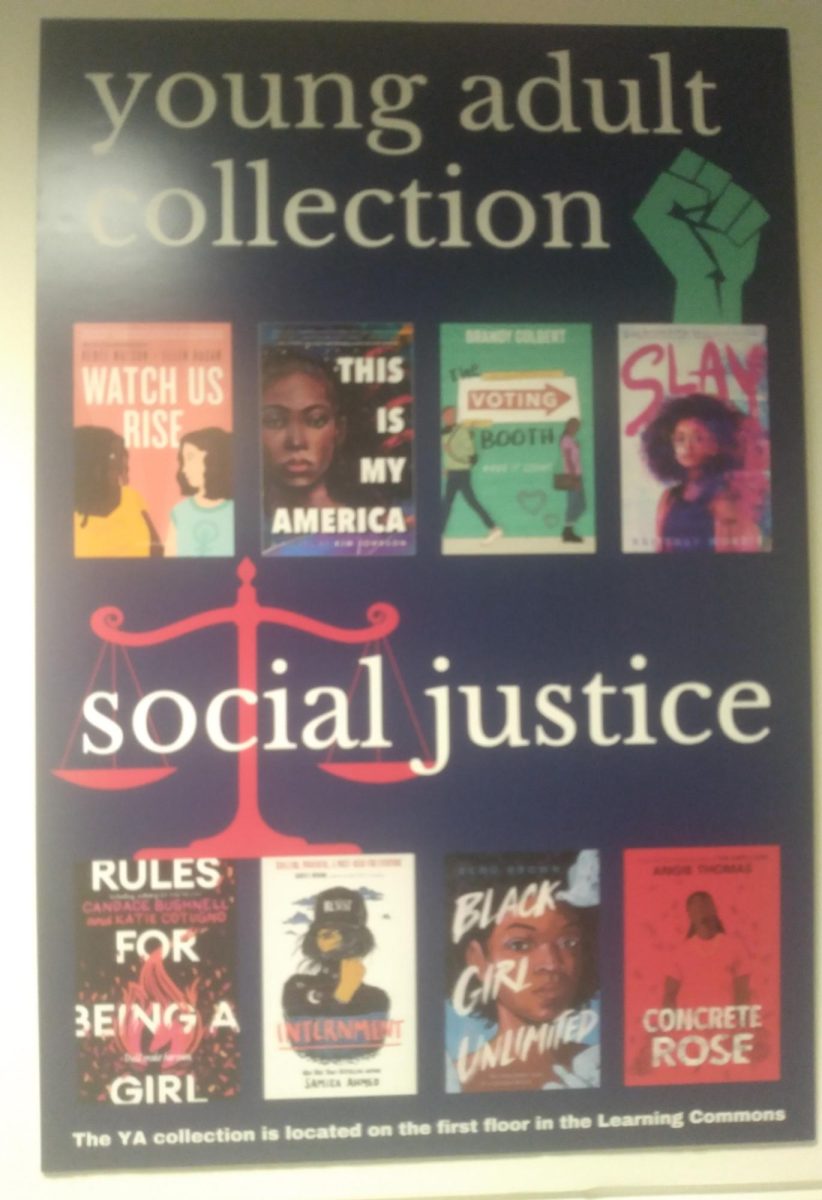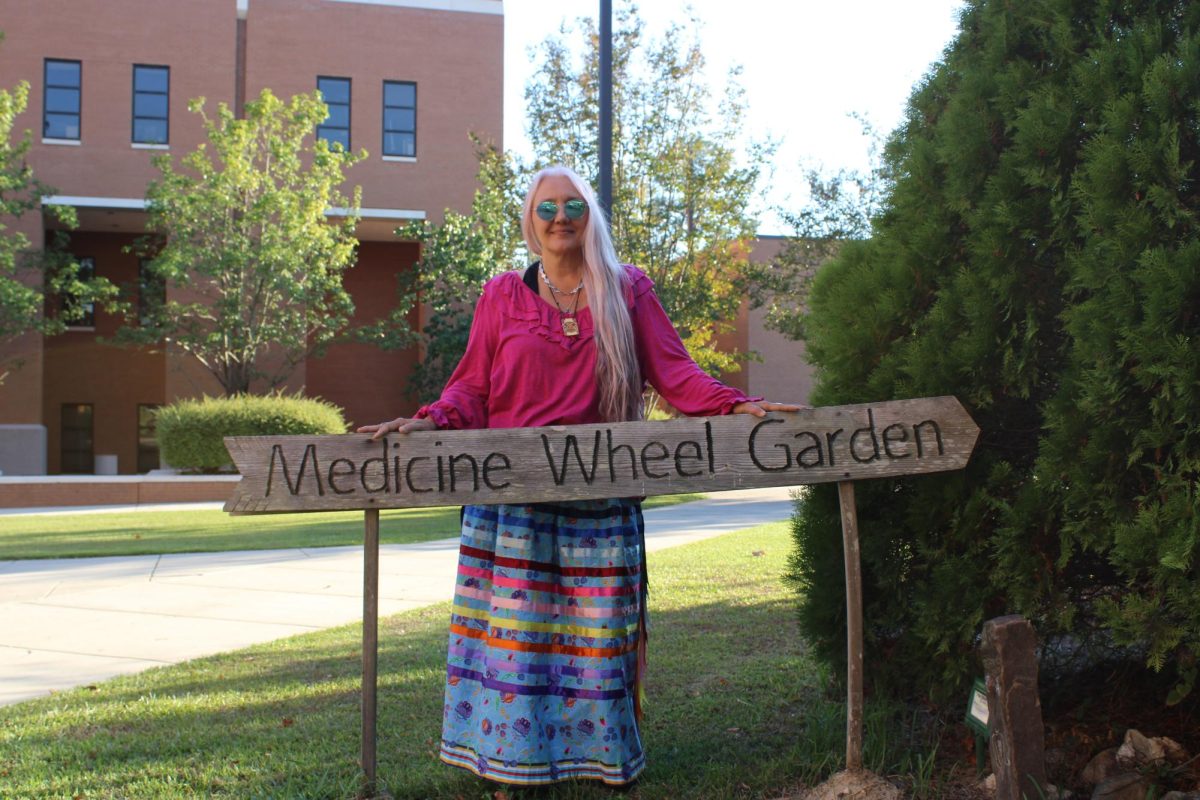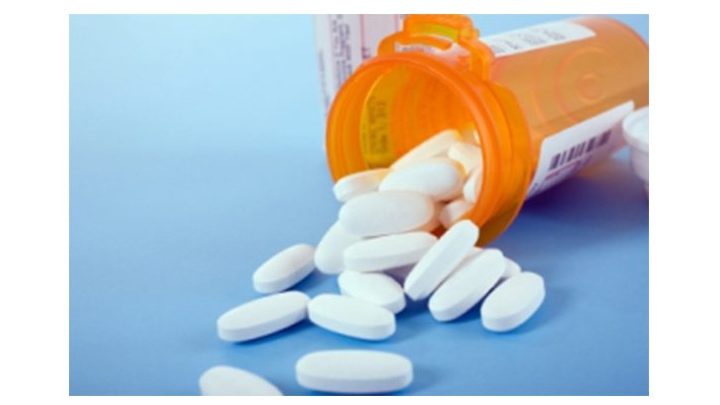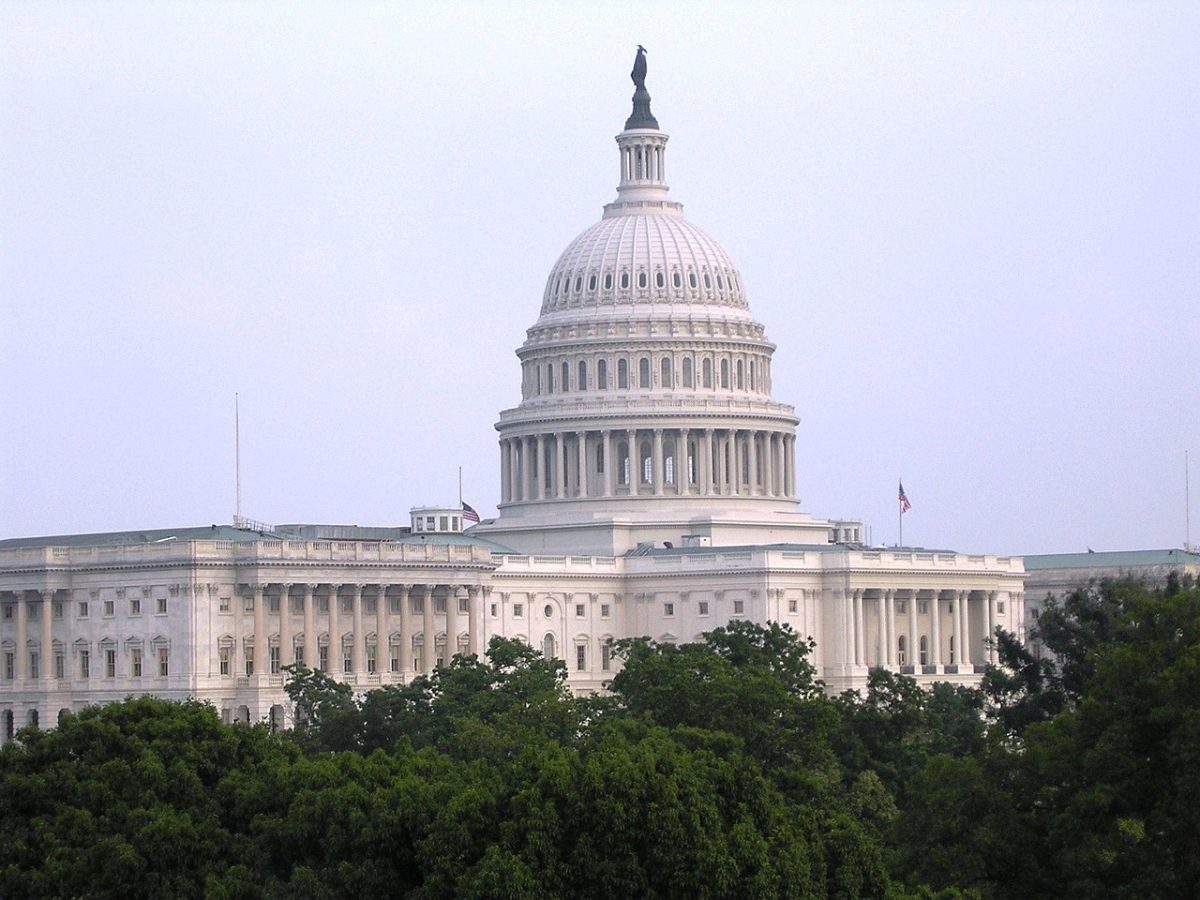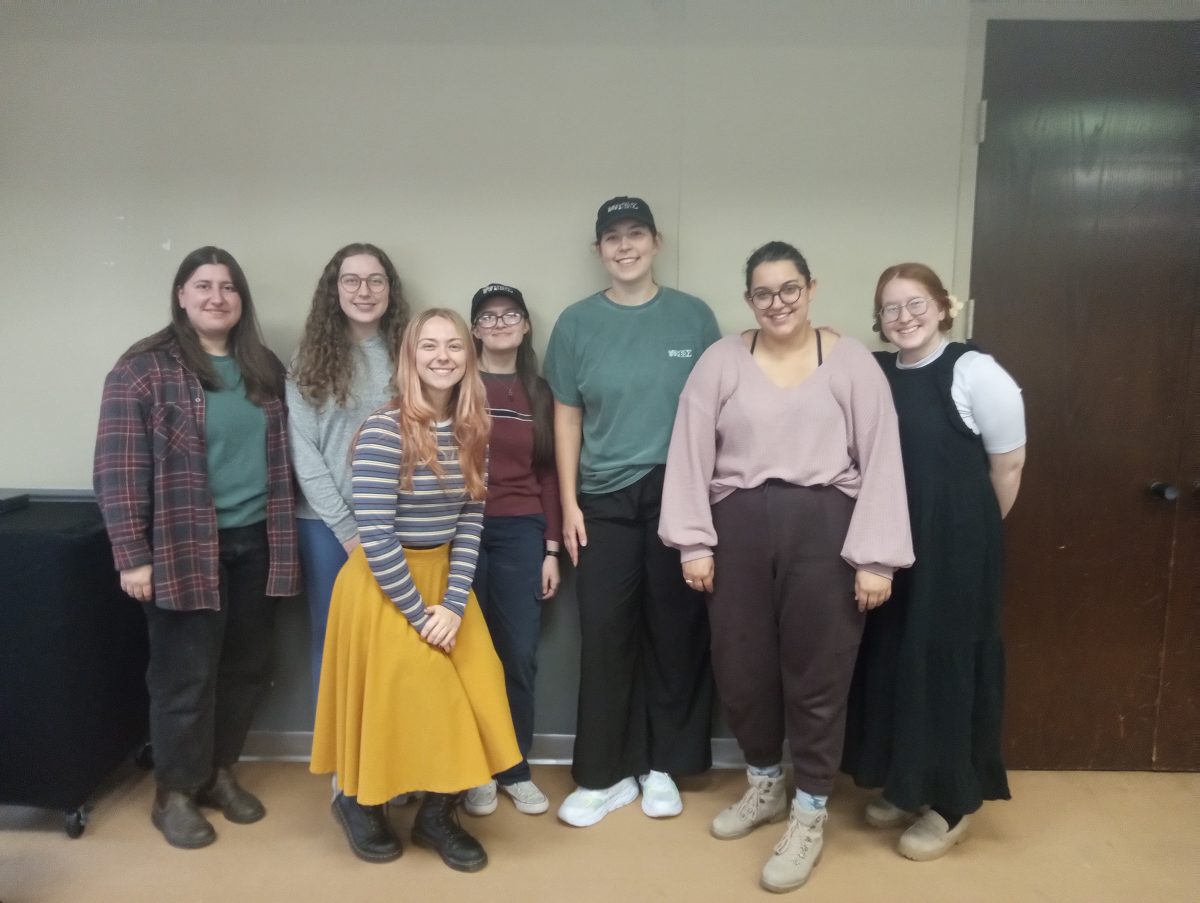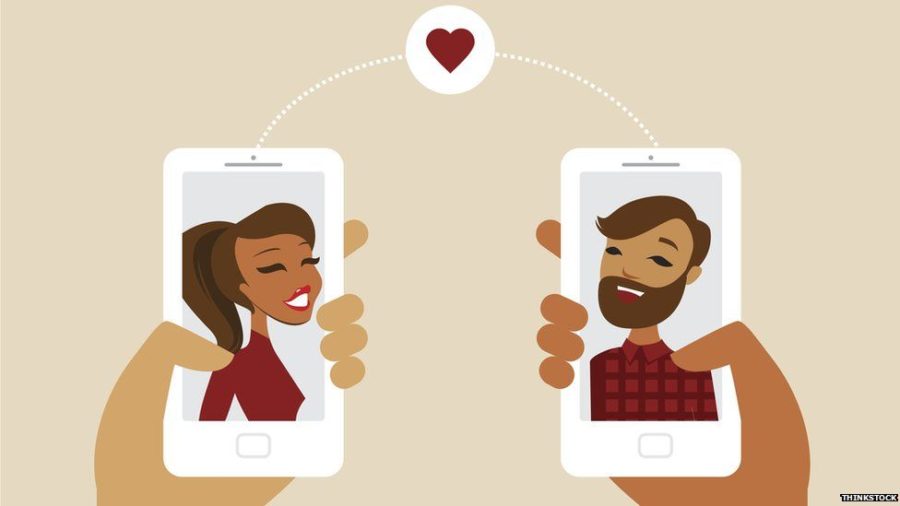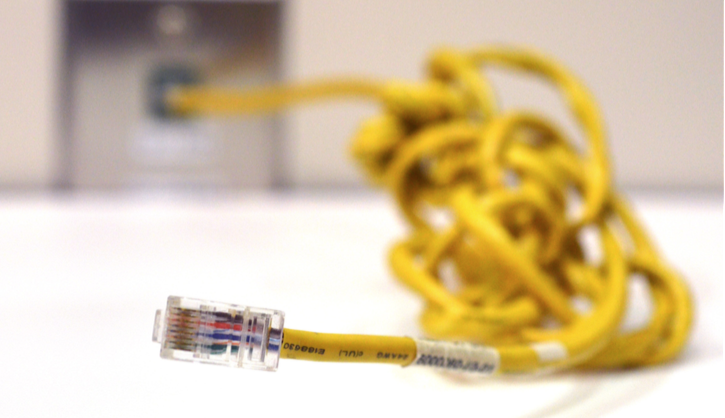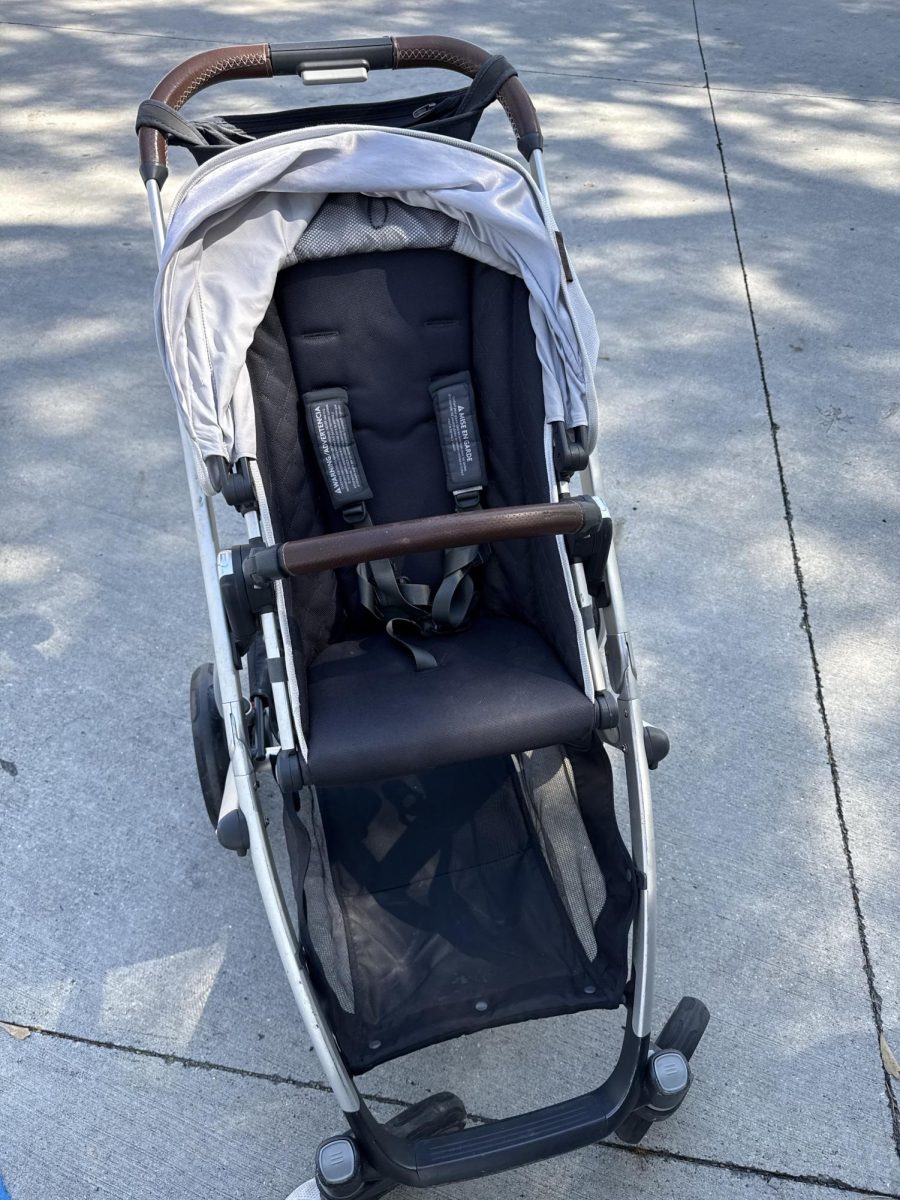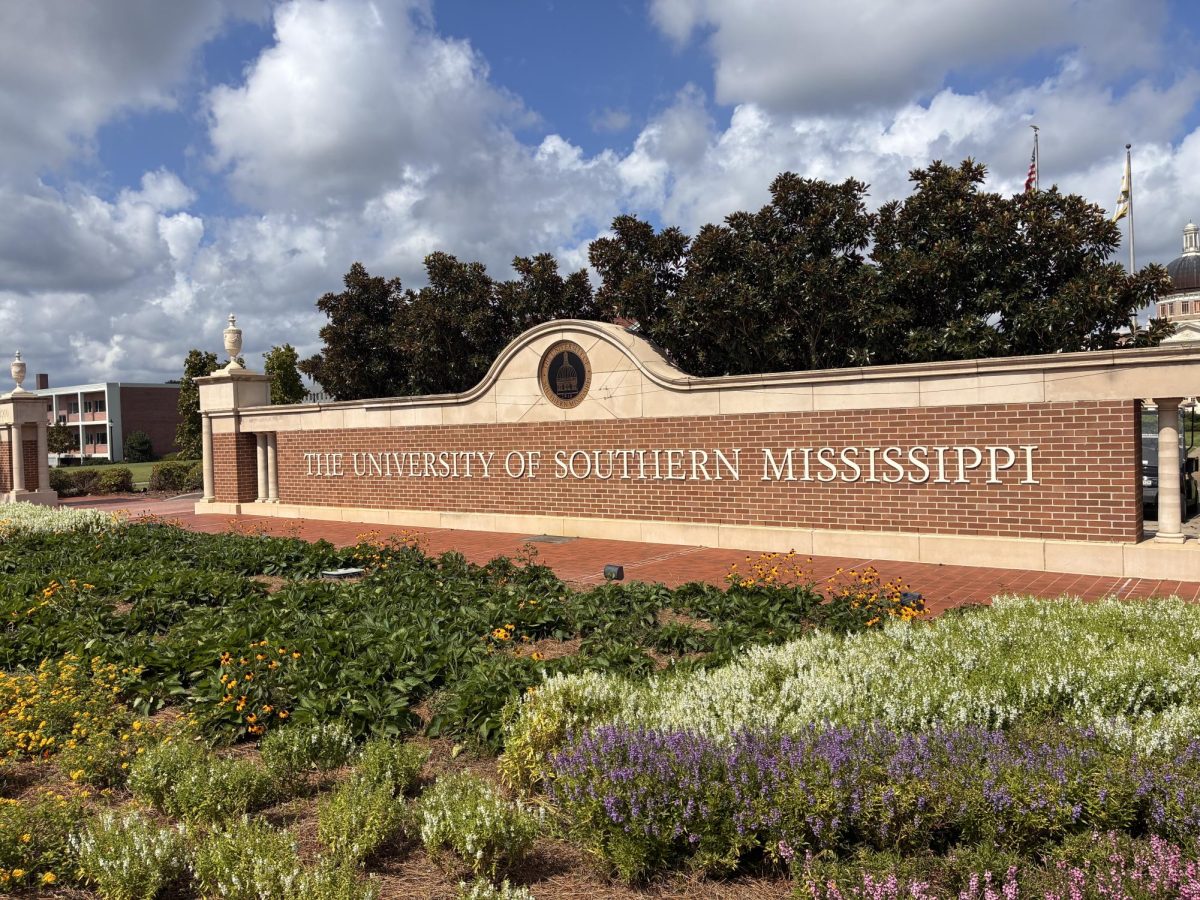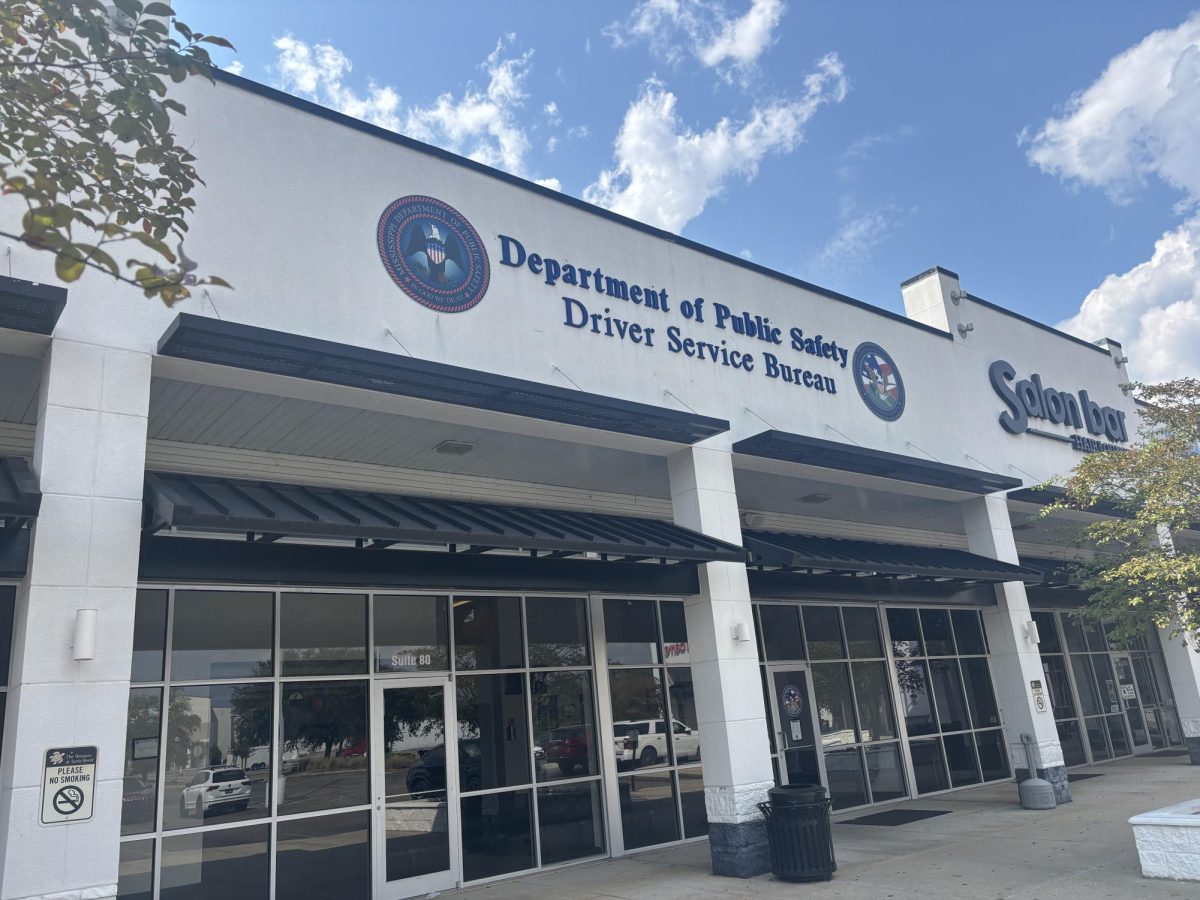Mississippi came in fifth place in the nation last year with its use of opioids.
According to The Associated Press and the Center for Public Integrity, companies that make prescription painkillers gave more than $366,000 to Mississippi candidates and hired nearly 18 lobbyists every year in Mississippi since 2006.
The companies spent $880 million nationwide and hired an annual average of 1,350 lobbyists in state capitals around the country for nine years straight. Those seeking to limit opioid prescriptions spent $4 million.
Mississippi reached fifth place with more than 3.2 million opioid prescriptions just last year. The state’s rate was 1.07 prescriptions per capita compared to the national rate of 0.71 last year.
“Mississippi unfortunately ranks in the lowest for health,” said Prevention Specialist for Pine Belt Mental Healthcare Resources Kristy Knox. “Anything dealing with substance abuse a lot of the time has to do with moral values and is similar to a moral disease that individuals who engage in those particular behaviors have less morals than those who don’t. A lot of individuals think that because it is an over the country prescription drug, it is more acceptable than if it was heroin or some illicit drug. They think it’s more acceptable for them to ingest rather than something considered more severe.”
Senior speech therapy major Holly Borntrager said people with or without morals can fall into the trap of addiction.
“With any drug, it has a purpose to alleviate some of the symptoms being prescribed for. It’s a gradual thing,” Borntrager said. “People don’t intend to become addicted to a particular drug. Certain drugs give you this high and some people use it to escape pain or reality. It just doesn’t give permanent alleviation.”
Borntrager emphasized her Christian beliefs.
“With low morals, you’re looking to material things like drugs when you could have a hope. People without that hope, with or without morals, can go either way. You can be a nonbeliever and have morals. When you look at that population of addicts, you think of people in low places that are susceptible to addiction. It can be well off or ‘good’ people as well. Place hope in something bigger than yourself.”
The National Institutes of Health, however, reported that addiction “is a treatable disease, not a moral failing.”
“Clinicians and their patients are often bound by the same unscientific, shaming beliefs about substance misuse; these beliefs create barriers to treatment,” the institute wrote.
According to Elements Behavioral Health’s webiste, when addiction is viewed as something other than a disease, it is more likely to be addressed by the criminal justice system rather than the health care system.
“This approach has a long history of failure,” Elements Behavioral Health wrote. “Addicts who get blamed for being weak or irresponsible often end up in short-term, ‘tough love’ treatment programs that too often overlook some of the medications that have proven effective in promoting recovery.
“For example, naltrexone, which decreases cravings and blocks the high from opiates and alcohol, and buprenorphine, which stabilizes opiate receptors that have been altered by addiction and blocks the effects of heroin and street opiates.”
The website stated that recognizing addiction as a disease reduces stigma and encourages some of the 23 million people struggling with this illness to get help.
Mississippi was home to over 2,800 deaths caused by overdoses from 2006 to 2014 and counting. Opioids are not the only causes of these deaths. The Center for Disease Control and Prevention claims that, along with opioids, heroin also accounts for the majority of drug- related deaths.
More prevalently, opioid abuse is seen among college students.
The Hazelden Betty Ford Foundation commissioned a survey which found that out of 1,200 college-age people in America, nearly 16 percent of them reported having used pain pills not prescribed to them at some point in their lives. According to the survey, youth can easily get their hands on prescription pain medications.
According to the Centers for Disease Control, drug overdose deaths now outnumber deaths caused by car accidents. The average number of overdoses by drugs every day is 110 in America. More than half of that number involves opioids.
“A lot of the youth we treat are college-aged students between the ages of 18 to 25, some from USM,” Knox said. “A lot of times it starts initially at a younger age, around 12, when they are learning to experiment with other substances, whether they take it from their parents or relatives. Some are functional and some are unable to function without dependency. Our agency has a support staff to provide treatment based for them. I deal with prevention through education and awareness in the community about the epidemic that is affecting our youth.”
Health educator for Student Health and Counseling Lisa Wright said she desires change and improvement in national drug abuse.
“My hope is that the public becomes more aware of the dangers regarding prescription drug abuse,” she said. “Often, people falsely assume that because it is a ‘legal’ prescription drug it is safer and there is less risk involved when in reality, data is showing that overdoses from opioids are on the rise.”
Wright said if anyone is concerned about another student or themselves, the university offers the CARES system, a process for filing a confidential report and receiving student counseling services at no charge.
The Collegiate Recovery Community is also available to support struggling students.



